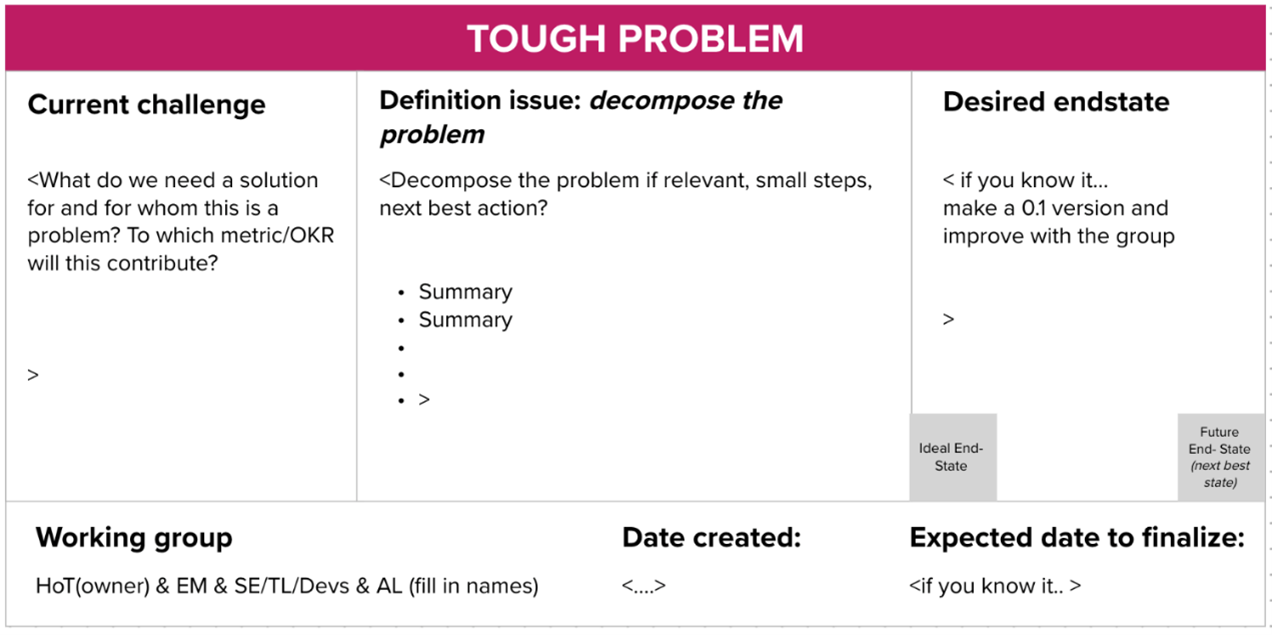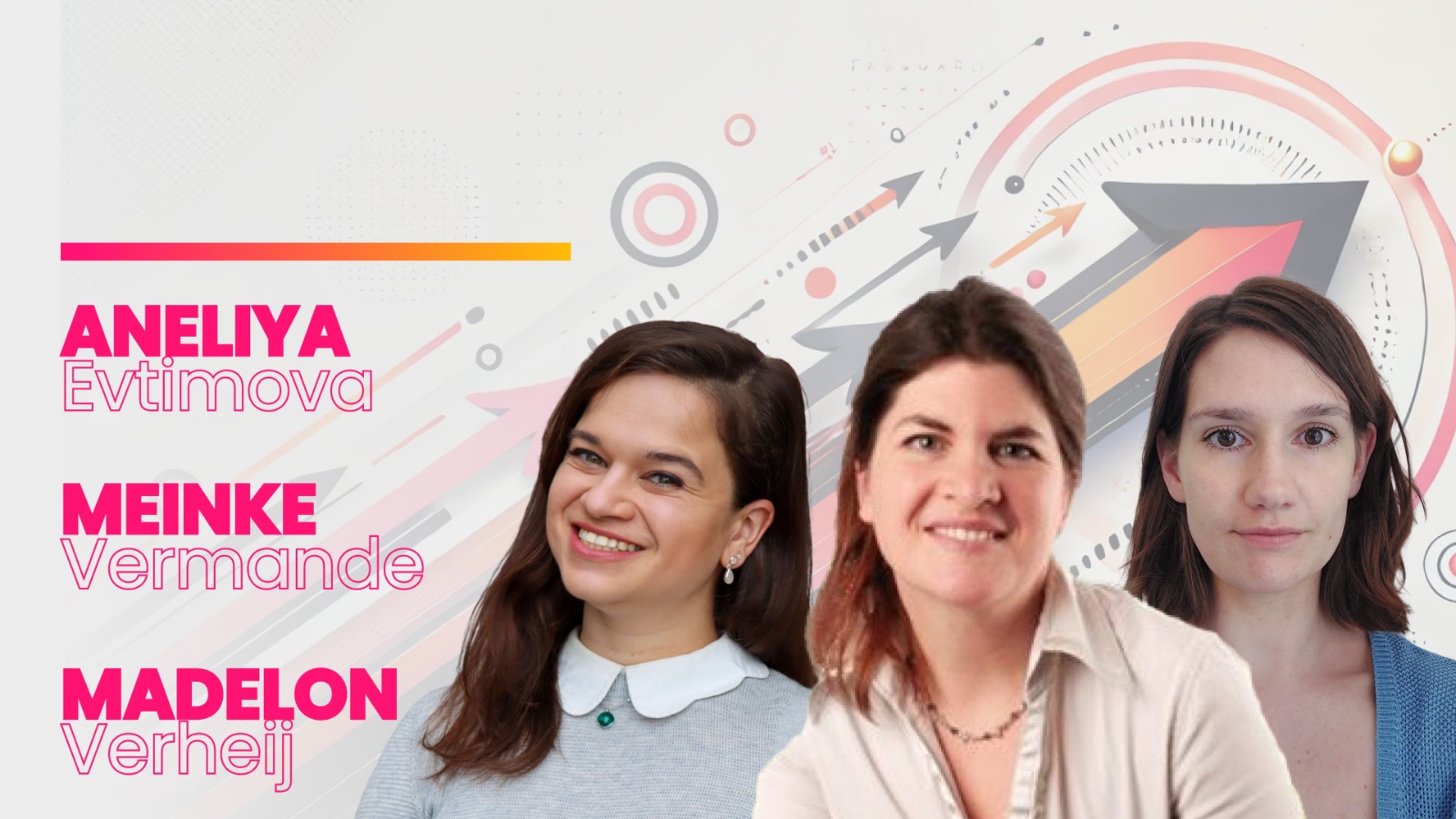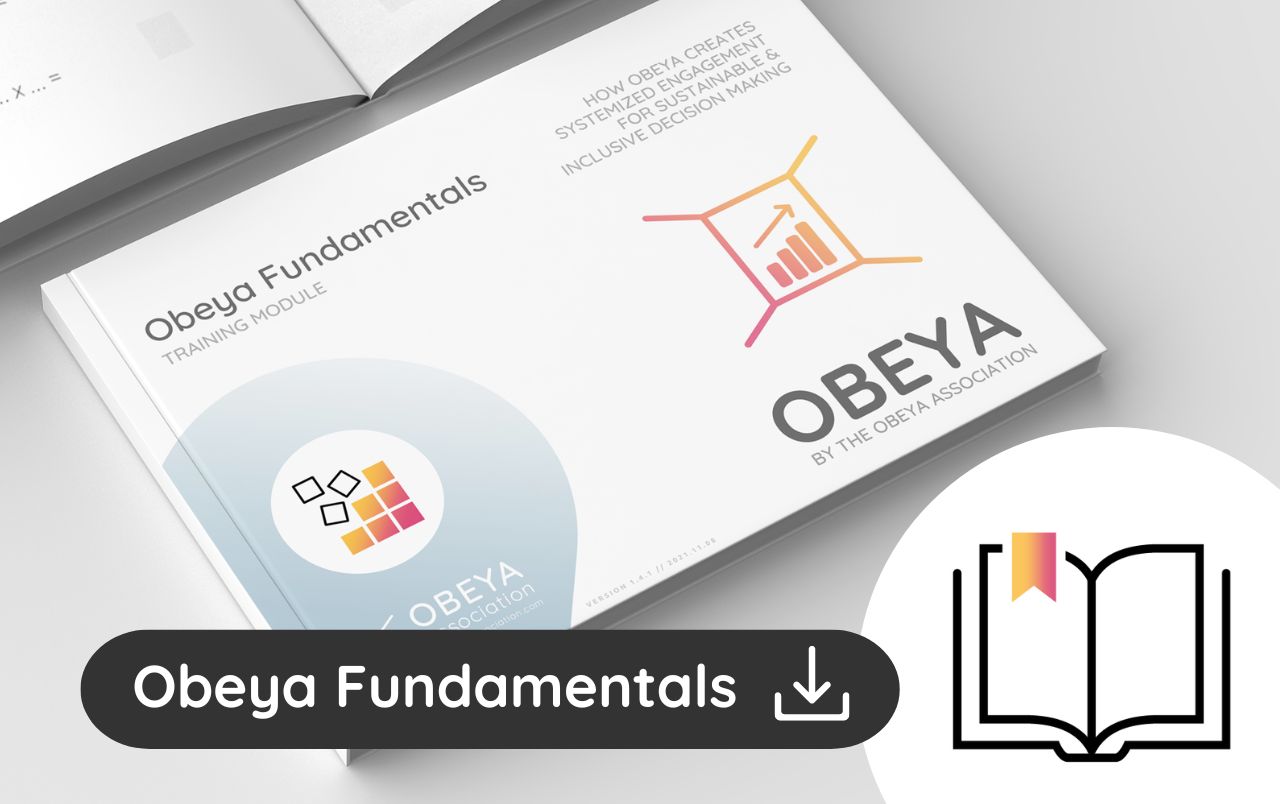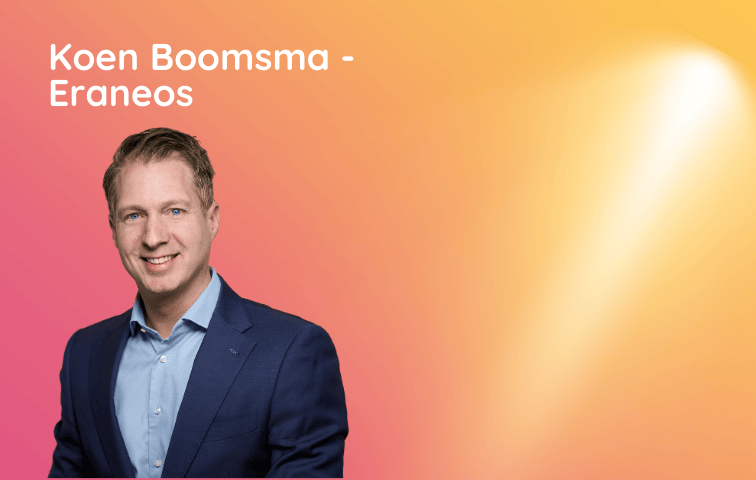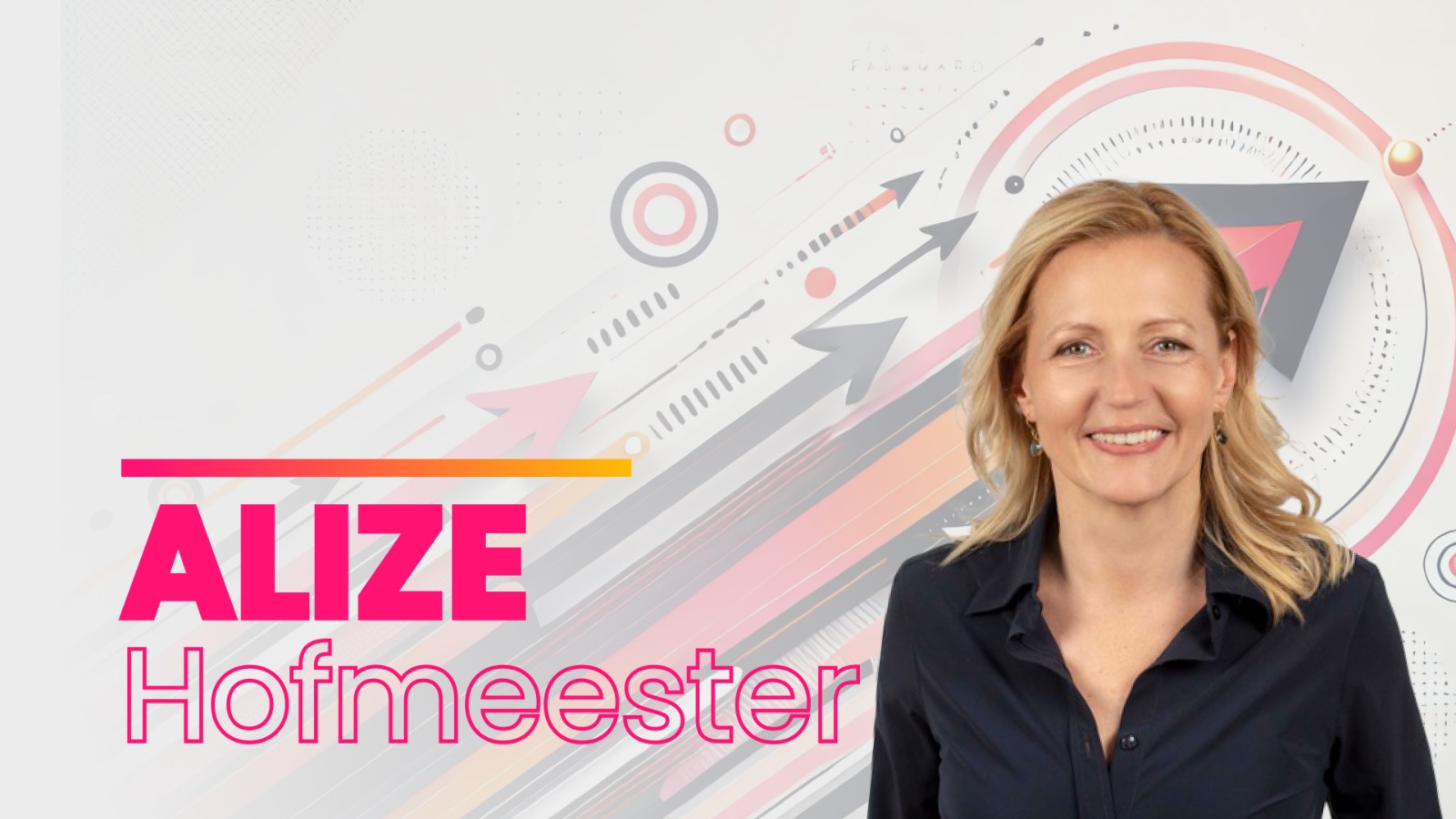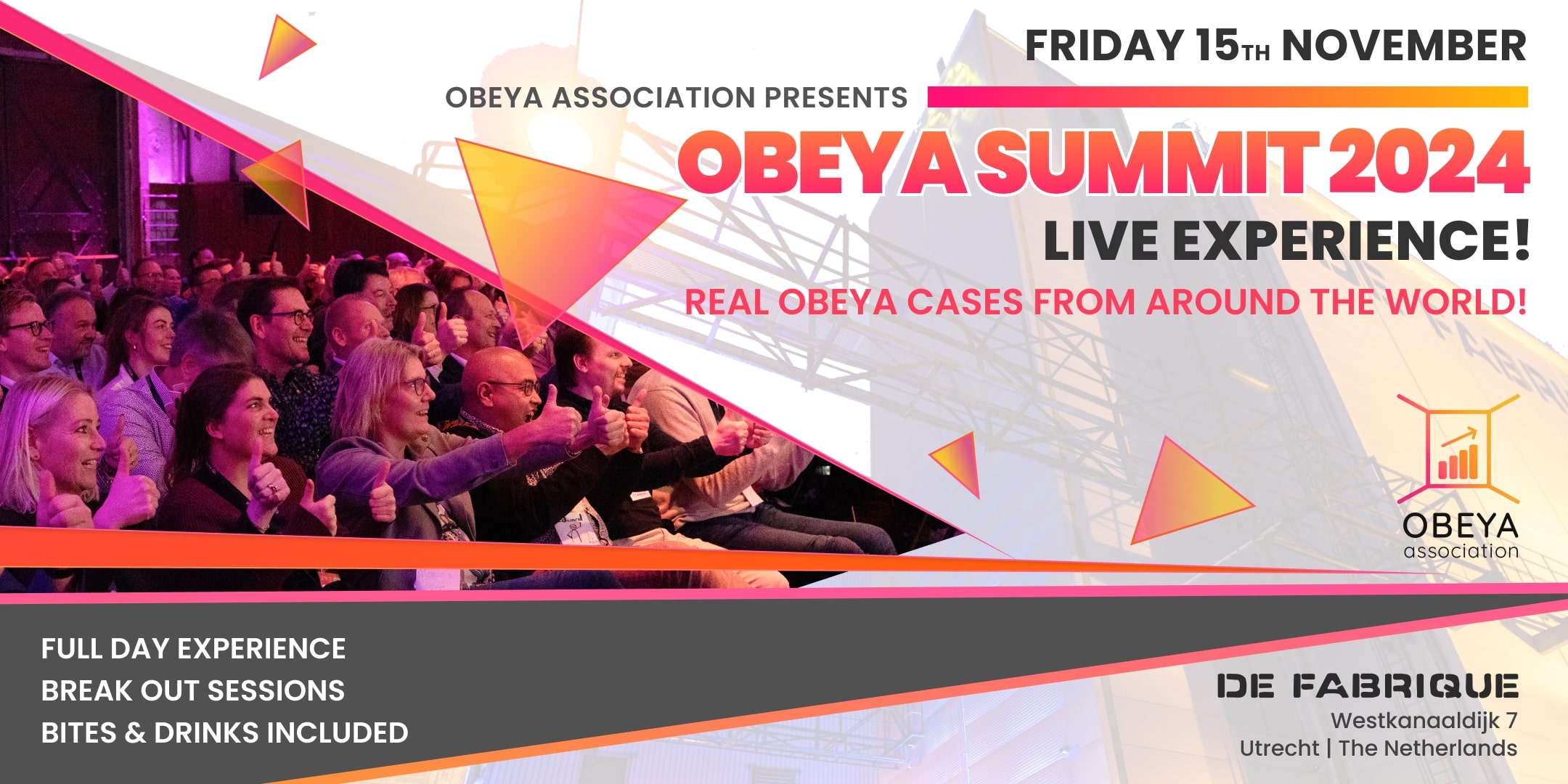Authors of this article: Aneliya Evtimova, Meinke Vermande and Madelon Verheij. They are dynamic Agile Leads at Albert Heijn, each specializing in cultivating team achievement, driving transformative change, and enhancing systemic collaboration for more effective and joyful work environments.
Albert Heijn, or AH, and Obeya share a history of four years. We are the largest grocery chain store in The Netherlands with more than 1200 stores and an average of 300.000 home and office deliveries per week. Over these past years, the tech department of Albert Heijn, has been using Obeya to create transparency, foster decision making on each level and achieve our goals together. During this time, we have learned valuable lessons ranging from very practical adjustments to insights one may only get by experimenting a lot. Keeping Obeya alive was and remains a challenge in a complex corporate environment.

How do our Obeyas look like today
If you ever find yourself on a Thursday in the head office of Albert Heijn in Zaandam, on the third floor you may spot a room with glass walls where you will see people standing in front of a colorful wall. It’s divided into several sections. Someone is explaining and pointing at cards, others are listening actively, and one person is intently observing everything that is happening around. This is not a daily stand up of a development team. This is an Obeya routine of the management team of one of the departments of AH Tech, meticulously performing either Plan to Value or Performance, under the watchful eye of their coach Madelon.
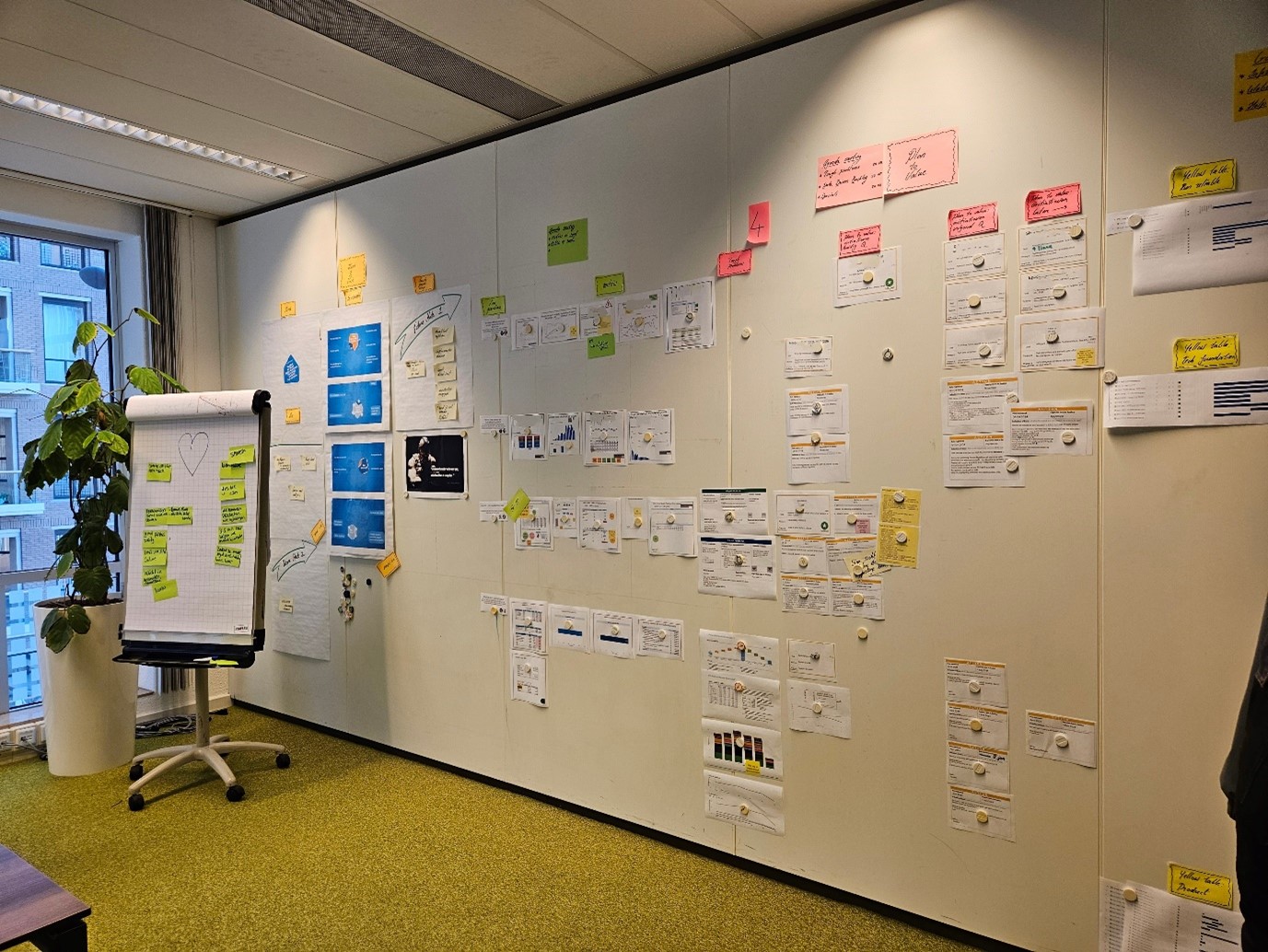
Example Obeya Albert Heijn
If you start observing the wall from the left, you will see the Purpose of the department, which is a translation of how we interpret the mission of Albert Heijn.
Next to it, you will see the four main OKRs of Tech NL, which ultimately form the lanes of the Obeya. Moving more to the right, you will see how we have broken down every OKR into smaller OKRs, describing how we as a department contribute to the more global OKRs.
And then there is a huge colorful section with graphs, red, yellow, and green frames, here and there an exclamation mark, and some notes. You guessed it – this is Performance. And moving more to the right, a few ‘Tough Problems’ are visible with experiments written down and indication towards what to expect from the next steps.
Lastly, most to the right on the wall you will see three columns for Plan to Value – ‘current quarter’, ‘next quarter’, and ‘later’, full of cards with yellow frames, some of which already have a celebratory green check mark.
Below them, you will notice every Jira enthusiast’s dream – a print-out of a full-blown Jira Roadmap with nicely prioritized Initiatives, featuring custom fields and timelines and progress bars.
What is missing on the physical board is the Act & Respond section. In the digital copy of this Obeya board in Mural, we have a classical inbox setup and a Kanban board, with a dedicated lane for every team member.
Today in Albert Heijn Technology, such an Obeya board, physical or digital, or as described above – both, is present on every Platform Level. And only recently also on TechNL level. We’ll come back to this point a little later (so keep reading).
Sounds good, right? Let’s dive into our journey filled with experiments, failures and successes.
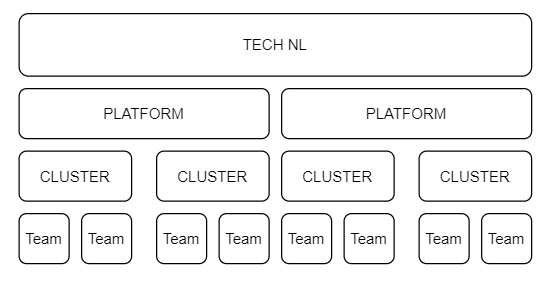
Obeya setup Albert Heijn
Shu Ha Ri
Our Obeya journey started around 2021. By then we had grown to more than 40 teams working on software and hardware for our stores and home deliveries. We were doing pretty good on alignment on strategic initiatives, OKRs setting and tracking at the time. But the growing pains started showing and we found ourselves in need of a lightweight, straightforward way to immediately show how we were doing. We crossed paths with Obeya Coaching and Tim Wiegel. Tim and his team trained us and helped us to set up the first version of our digital Obeya board. And after that it was up to us to get going.
Being Agile enthusiasts, we will use the Japanese martial arts concept ‘Shu Ha Ri’ to describe our journey. ‘Shu’ refers to following the rules, understanding the basics and practicing the fundamentals. ‘Ha’ refers to experimentation and adaptation of what has been learned. And ‘Ri’ is the stage of mastery, where the rules are transcended.
We tried to hold on to the ‘Shu’ as much as possible. However, from the very beginning it was clear that we needed to make a few adjustments and take it from there. Mainly because of a hard ‘division’ between Tech (IT) and Product (business) on the change portfolio. This made the whole ‘Plan to Value’ section unusable until we decided to focus on our own part of the portfolio. During this challenging phase, the unwavering support and belief of our department director Wilco Brandt really helped us through. His continuous faith in the possibilities of Obeya and in our capacity to improve was an important factor in the Obeya after the first tough sessions.
The ‘Shu’ period lasted until about 2022 when we decided to adopt the practice of having a rotation of an agile coach for the facilitation of the Obeya sessions. By that time each of us was confident to know enough about the foundation of Obeya to give it a go and that some rules are meant to be broken.
The ‘Ha’ phase was also essential, since unknowingly a lot of ‘bad habits’ had formed in the Management Team. They did follow the routine! But actions weren’t SMART, the board wasn’t always kept up to date and continuous improvement had taken a backseat. After cleaning up, it was time for fun! We started experimenting with icons and colors to improve our visual management on the board. We tried and tested several types of actions cards to ensure both brevity and thoroughness. Besides that, we set basic rules where there was room for experimentation and which parts were not negotiable.
We really want to say that we entered the ‘Ri’ phase in 2024. But the truth is that we’re not there yet. We did ascend in our use of ‘Ha’ by trading the facilitator for a coach. And we created the physical board as a copy of the digital board to improve focus and engagement. The Management Team now does the facilitation of their routines themselves. And the coach focusses on the team dynamics of the Management Team and helps them to discover their blind spots and pitfalls.
Some of our Lessons learned
There’s a lot that we’ve learned in 3 years time. But for this read, we’ll share with you 3 of our learnings.
1.) Don’t give a team complete freedom too soon!
It can be tempting to be on a high of a perfect 6 weeks and think “yeah they’ve got this!” And yes, it is also healthy to take a step back and let teams discover for themselves what does and doesn’t work. But we learned that letting the pendulum swing too quickly to “you’ve got this” and not checking in anymore led to bad habits being formed that only showed when things went wrong. If we were to do this again, we would check in frequently or set up a safari-like initiative where we go through the board together, searching for improvements to make sure that habits stay healthy.
2.) Flow is vital
Sounds like a no-brainer, right? We’d say that too. Until we looked at the same ticket for the 20th week in a row and we still heard plausible reasons for the lack of progress. Meanwhile the ticket-owner had his or her hands full with other initiatives and colleagues had secretly given up on it long ago. Breaking up initiatives in smaller (but still valuable) chunks, making sure that tickets are SMART, visual management and asking: ‘does this still add value for us?’ were things that worked for us to (re)gain flow on the board.
3.) Some problems are tough and need a dedicated process
Our process to resolve tough problems has been a tricky one from the very beginning. We started with a few Kata’s* and finished them, but for about a year our approach to tough problems wasn’t really systematic. We just added cards in the column, sometimes we did Kata’s, other times not really. About a year ago we started reigniting our capability of solving tough problems effectively. Two things were vital:
We created our own template. This helped with focus and having all information necessary on the card that was needed for a successful execution of the experiments involved in solving the tough problem.
The future of Obeya within Albert Heijn Technology
We started this movement bottom up. And if we look at what we achieved within our own management teams, we’re pretty pleased. Our current challenge is to set up a functional flow of information up and down between several Obeya’s. How can we cascade information and decision making? Without an Obeya board on each level (cluster, platform, TechNL) bottlenecks are formed between the various layers of decision making. Luckily, we now have created Obeya boards on all crucial levels and we foresee a better flow in decision making, cascading from top to bottom and back.
But there are many unique complexities and challenges. In the past four years every MT has subtly tweaked their boards to suit their discussions, so information may differ. There’s also some pushback, since some fear that we’ll introduce waste by repeating discussions on one level, when the discussions have already been done on another level.
So far, the plan is:
- The agile coaches work closely with management to ensure continuous support on experimenting with Obeya.
- Identify the current state, create order, focus first and then tweak
- Reflect every Obeya session to gather feedback quickly and give a platform for everyone to share their thoughts
Will this work? We hope! Did we share everything? No of course not! But if you join our session on November the 15th, we’ll be sure to divulge deeper in some topics.
*Kata – refers to Toyota Kata, a management methodology focused on continuous improvement. It is based on the practices of Toyota and is developed by Mike Rother. The method is based on understanding the current challenge, conducting experiments and maintaing a consistent feedback loop on the status of the improvement. In Obeya, Kata is commonly used to tackle difficult, complex problems.

